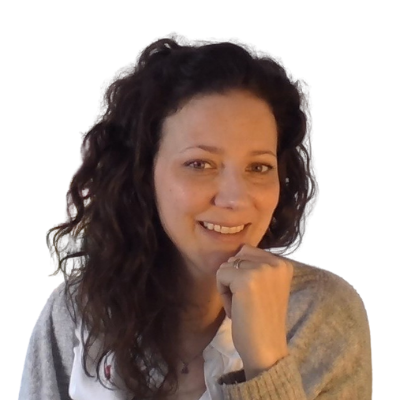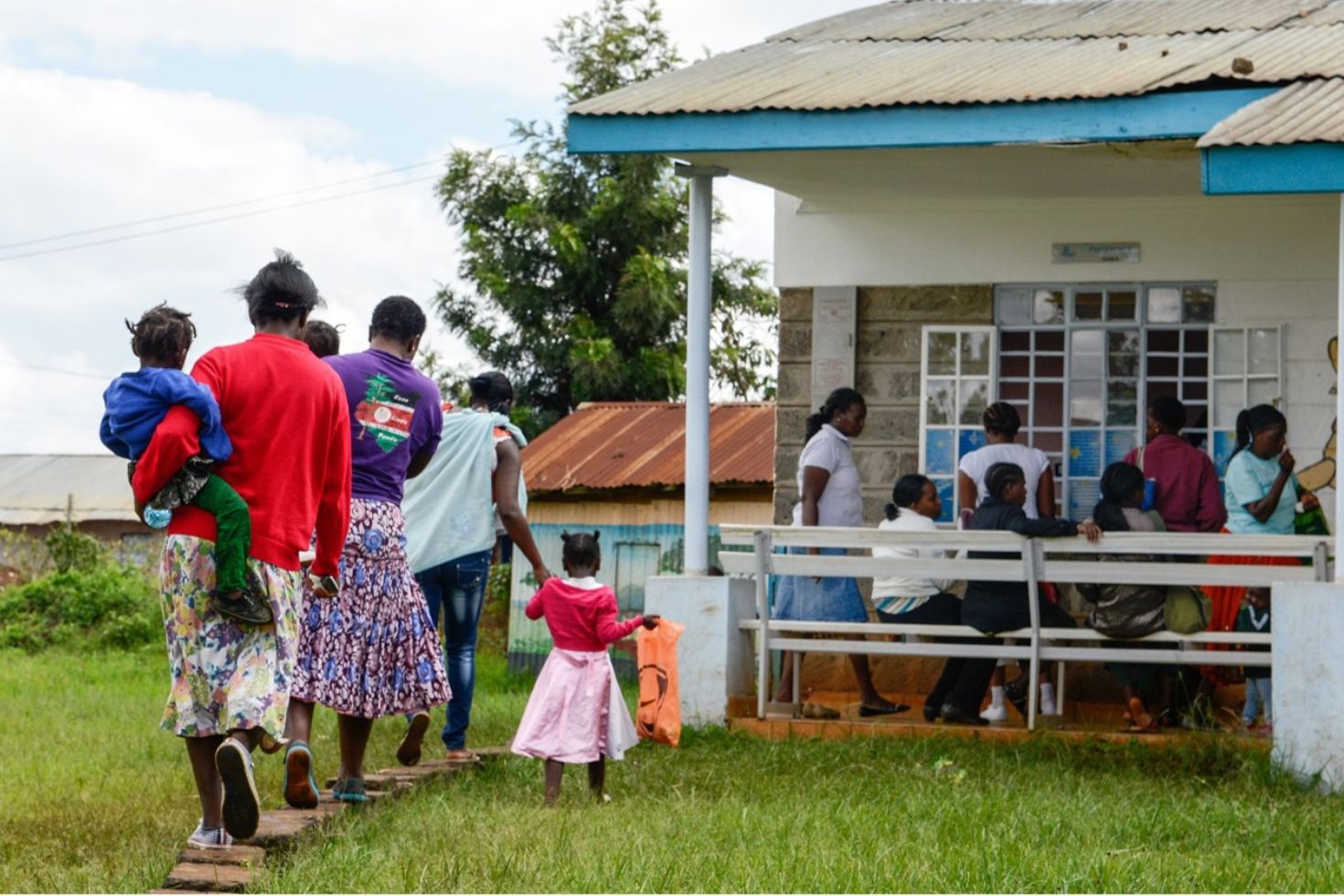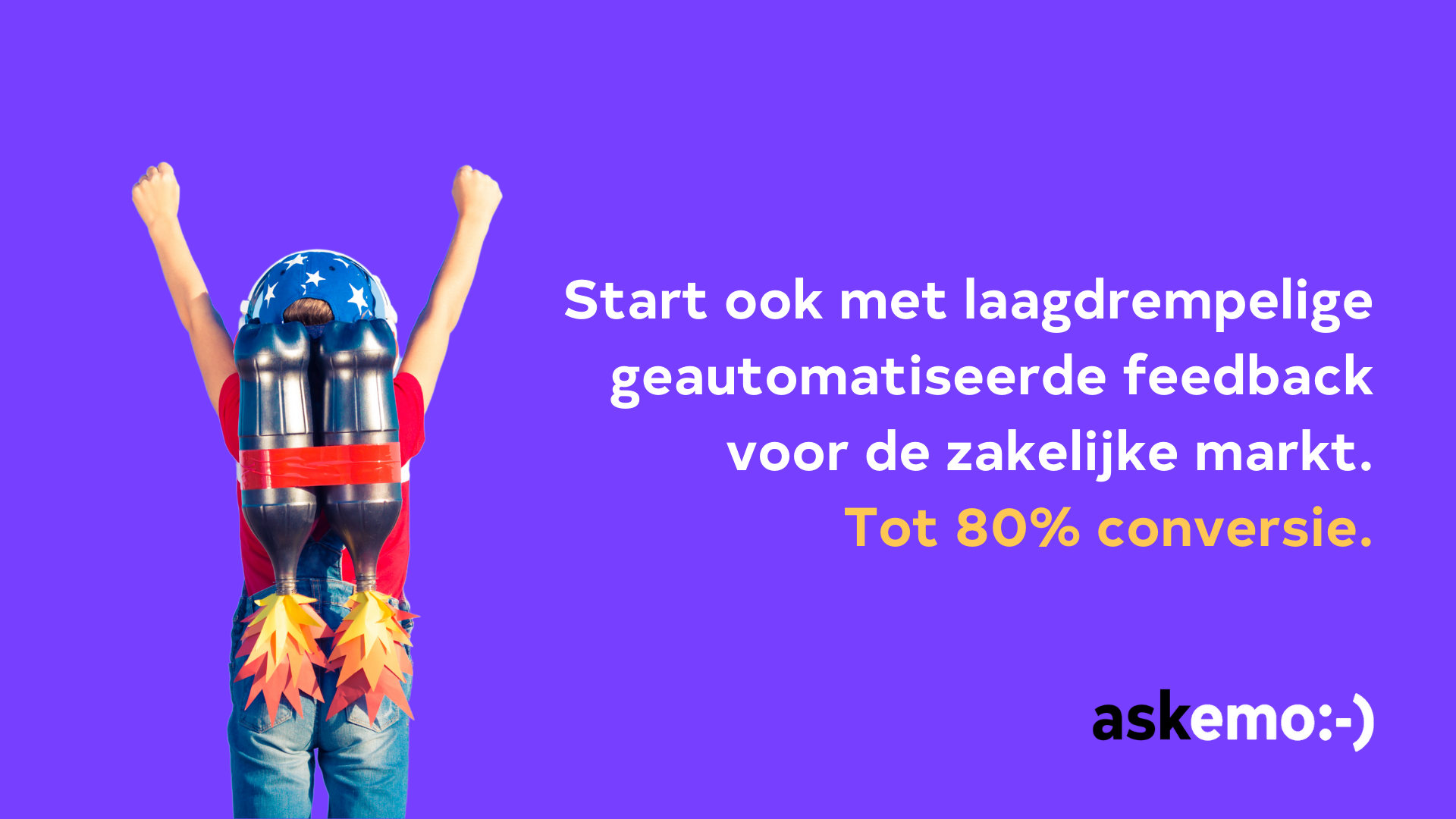
Company bio
PharmAccess Foundation is committed to improving healthcare in Africa. If we can bring soft drinks to every corner of the world, we can do the same with health care,’ is the organisation’s motto.
As Product owner, Colette van Montfort works daily with her team on an app that is used by clinics in Africa. The project is subject to rapid change. This makes it a challenge for the entire team to maintain the right focus. The need therefore arose for a way of keeping the most important goals in sight. So that they would become the common thread for the entire team.
Colette van Montfort is Product owner at PharmAccess.

"As an agile team, our project changes so often. It is then nice to continuously measure your core objectives. That way we keep the right focus."
Introduction by means of a kick-off
To introduce askemo to the team, Colette started with a kick-off. Colette: “That turned out to be a bull’s-eye. All team members immediately became aware of the purpose of keeping track of the objectives. They really see askemo as a tool that helps the whole team. Everyone is very involved. The response rate is high and good feedback is given in the comments section. And the team members are also very interested in the results. During our retrospective meetings, some of them pro-actively ask us about the figures and what we can read from them. That involvement makes the tool work.”
Insight into personal factors
Colette: “We have two objectives that relate to our work. In addition, as a third objective, I measure ‘team happiness’. If there is a dip in team happiness, you sometimes see that reflected in the work objectives. Conclusion: a dip in the figures can also be caused by personal factors. It is very valuable for me to gain insight into this. Then I can take action. Moreover, thanks to the weekly frequency, I can keep an eye on the progress or stagnation. Specifically, in a graph. You can’t do that if you ask people one-to-one.”
"By starting with a kick-off, the team is very much involved in the results of the askemos from day one. Some even proactively ask for them."
Intuitive and fast up and running
Setting up the tool was quick. After a demo, Colette went to work on it herself. Colette: “In the beginning, it was mainly a matter of trying and testing. But it soon went well. The tool works very intuitively; I think anyone can learn to work with it. Roel and his team are always open to feedback and suggestions. The contact is always very pleasant.”
Colette mentions the regularity of the feedback moment, the possibility to give comments on the grade and the ability to analyse results over a longer period as the biggest advantages of the tool. Colette: “Other tools are often more extensive and that makes it less efficient. Stand-up meetings, which are often used in agile working, do not go into sufficient detail. Another alternative is to check in with each other more often on a one-to-one basis, but that again does not give you graphs. So for me, there is no better alternative.”

“Askemo provides focus”
Colette finds working with askemo very valuable: “Working with askemo has definitely given me concrete gains. Especially now that I have found this, for me, very valuable way of working with it. Askemo gives us information about the history and shows us what we need to focus on in the near future. Askemo just works super for me and my team.“


